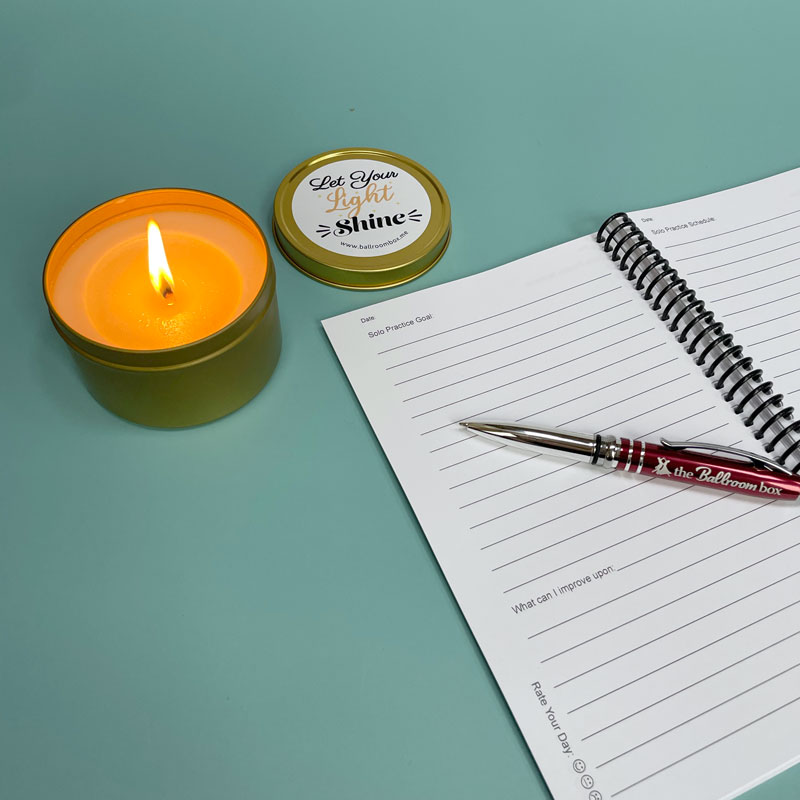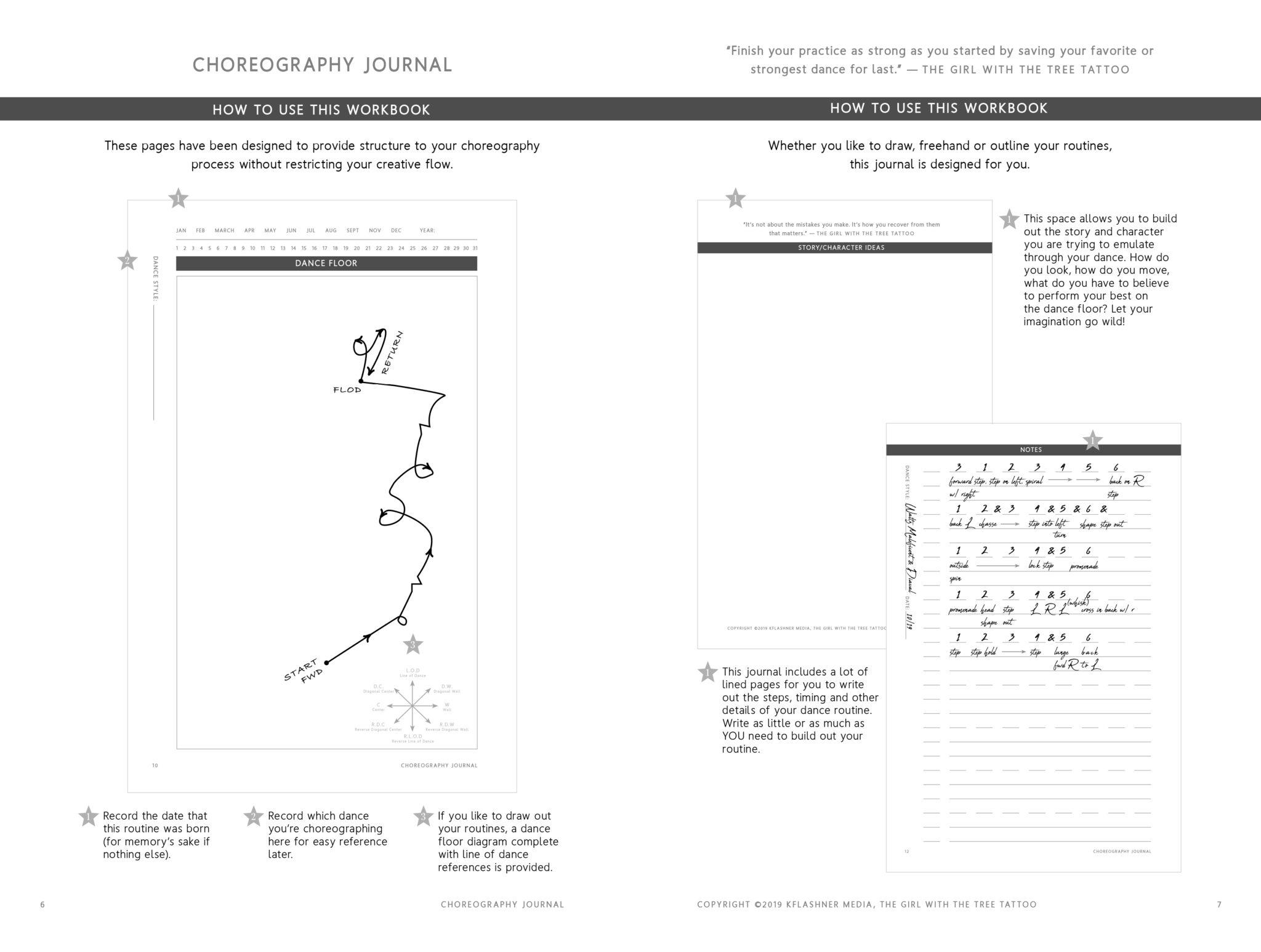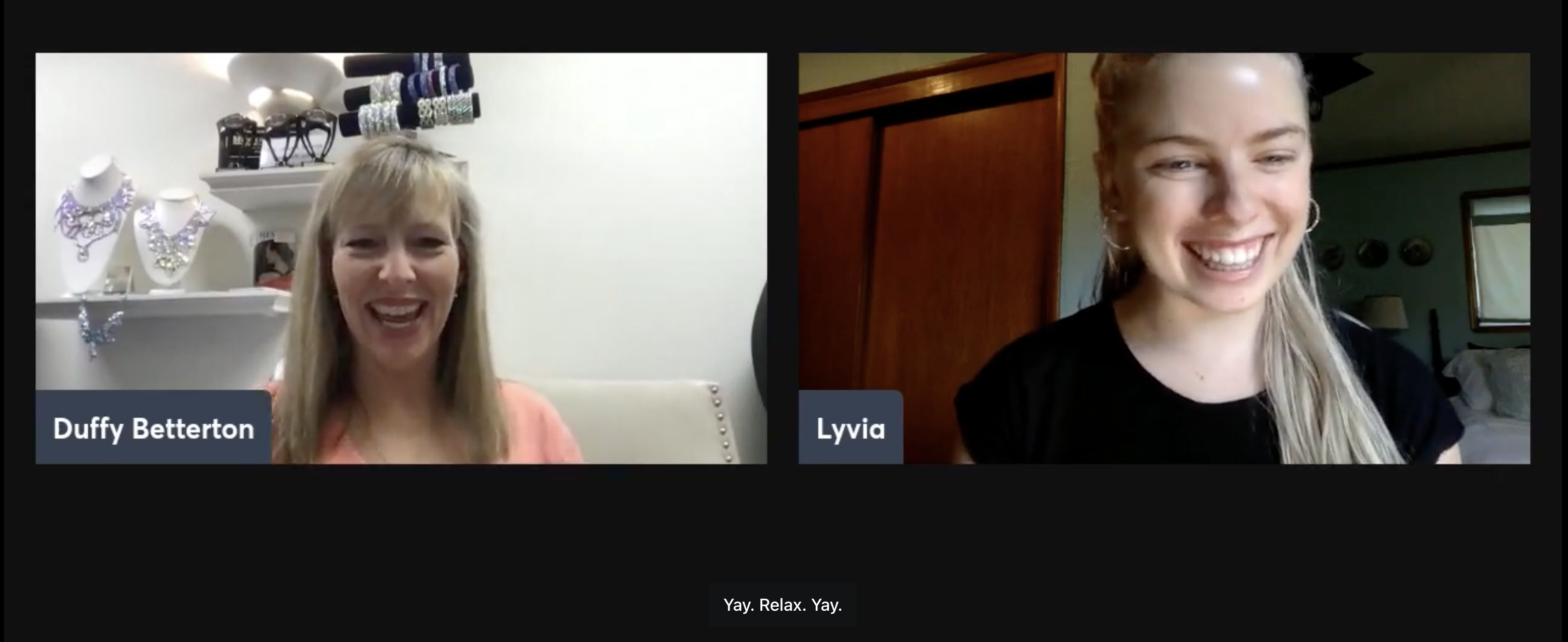Journaling about your dance journey may be a new idea or concept. For many dancers journaling is a way to keep their thoughts and questions organized, for others it is part of the growth experience. Dancing brings growth for us in so many ways and the benefits of writing down the memories and experiences help us clarify and focus. Study after study shows you will remember things better when you write them down.
“Encoding is the biological process by which the things we perceive travel to our brain’s hippocampus where they’re analyzed. From there, decisions are made about what gets stored in our long-term memory and, in turn, what gets discarded. Writing improves that encoding process. In other words, when you write it down it has a much greater chance of being remembered. Neuropsychologists have identified the “generation effect” which basically says individuals demonstrate better memory for material they’ve generated themselves than for material they’ve merely read. It’s a nice edge to have and, when you write down your goal, you get to access the “generation effect” twice: first, when you generate the goal (create a picture in your mind), and second, when you write it down because you’re essentially reprocessing or regenerating that image. You have to rethink your mental picture, put it on the paper, place objects, scale them, think about their spatial relations, draw facial expressions, etc. There’s a lot of cognitive processing taking place right there. In essence, you get a double whammy that really sears the goal into your brain.”
— Neuroscience Explains Why You Need To Write Down Your Goals If You Actually Want To Achieve Them
In this interview we work with coach Lyvia Zenger to talk about the practice of journaling your dance journey and how to solo practice as we introduce the Ballroom Box journal. This journal has a place for your notes on lessons, solo practice and competition. Inspired by the work of Katie Flashner and her journals for the Whole Dance Journey and the Choreography Journal.
Lyvia gives us a good tips on solo practice and journaling.
1 – Discover your limiting beliefs – Example: “I can’t do this on my own” – and challenge them. What can you do on your own?
2 – Start at home – Find a comfortable and dedicated space. Put it on the calendar. Start small and build as your confidence grows.
3 – Practice at the studio – start with a short time and eventually add to it. Start with your routines – running through the steps*
4 – Use a journal to record your thoughts so that you will remember for the next lesson or practice. Use your journal to know what you are going to be working on in your solo practice.
5 – Plan your solo practice out to the minute so that you can be efficient and move from goal to goal and not get stuck on one thing. Here is a sample of how to plan one week of solo practice. After your time of practice be sure to take the time to write down your questions so that you can ask your coach on your next lesson.
One last section we added to the Ballroom Box Dance Journal is for Competition Notes. The goal here is to quickly take note during or after the event or even during the review. Add your feeling and also your placement so that when you go back and reflect on the event you have clear notes to compare and learn from for the next event.
It’s time to get out your journal and make a plan. Take notes on your lessons, start your solo practice and continue on the journey to becoming a confident dancer!

Resources from this article
Click here to watch the video interview with Lyvia Zenger
*How to journal your routines side note: There are many methods and ways to draw or write out your routine. Doing a little research for this interview and creating the journal we found these links as good resources
How I write down my Choreography
Katie has great notes and tips in her journals including the Choreography journal with examples inside.





